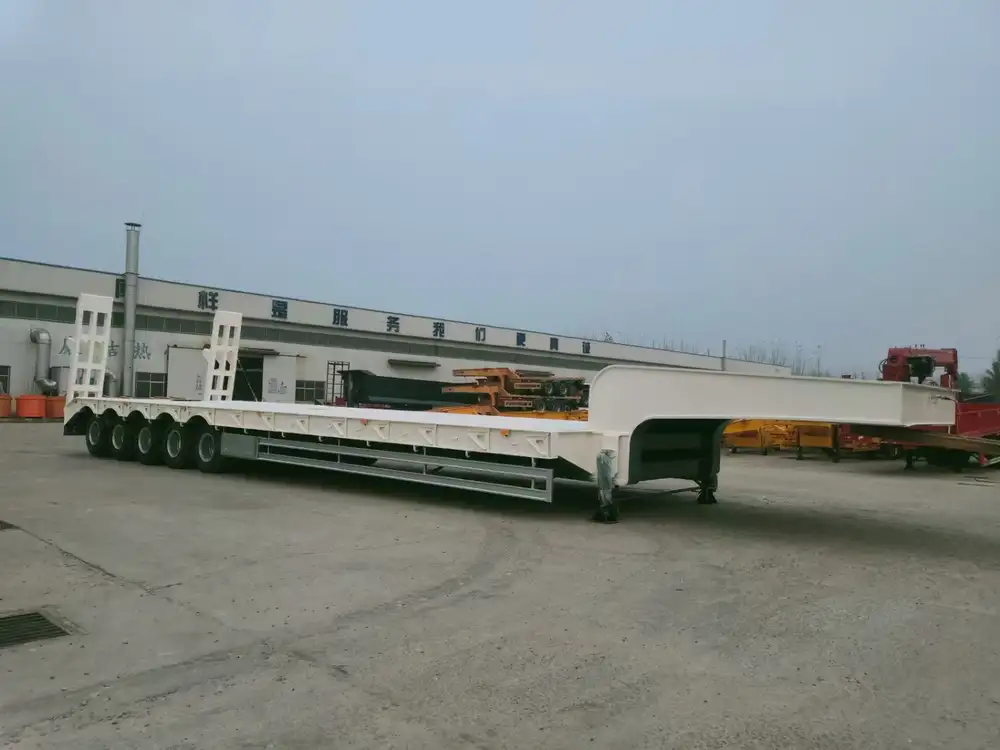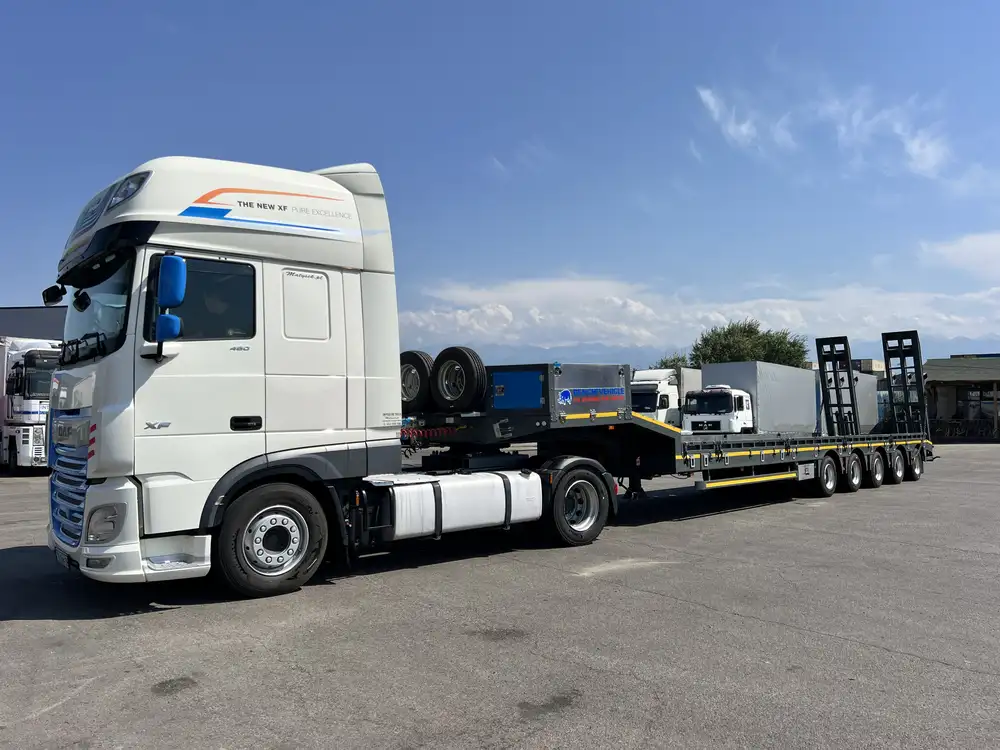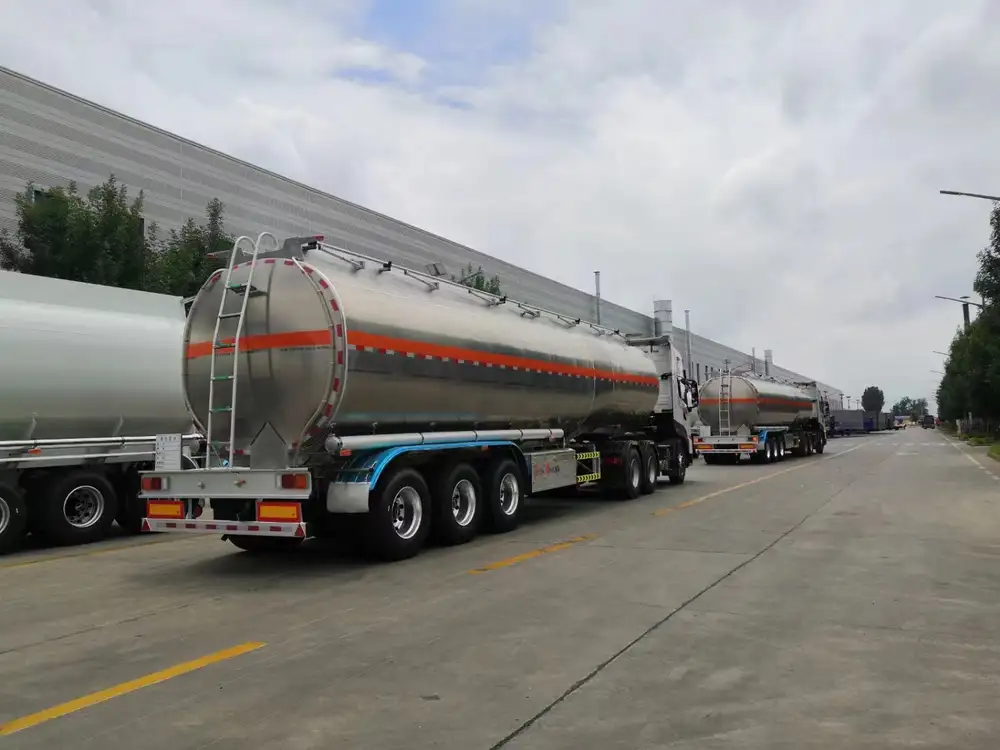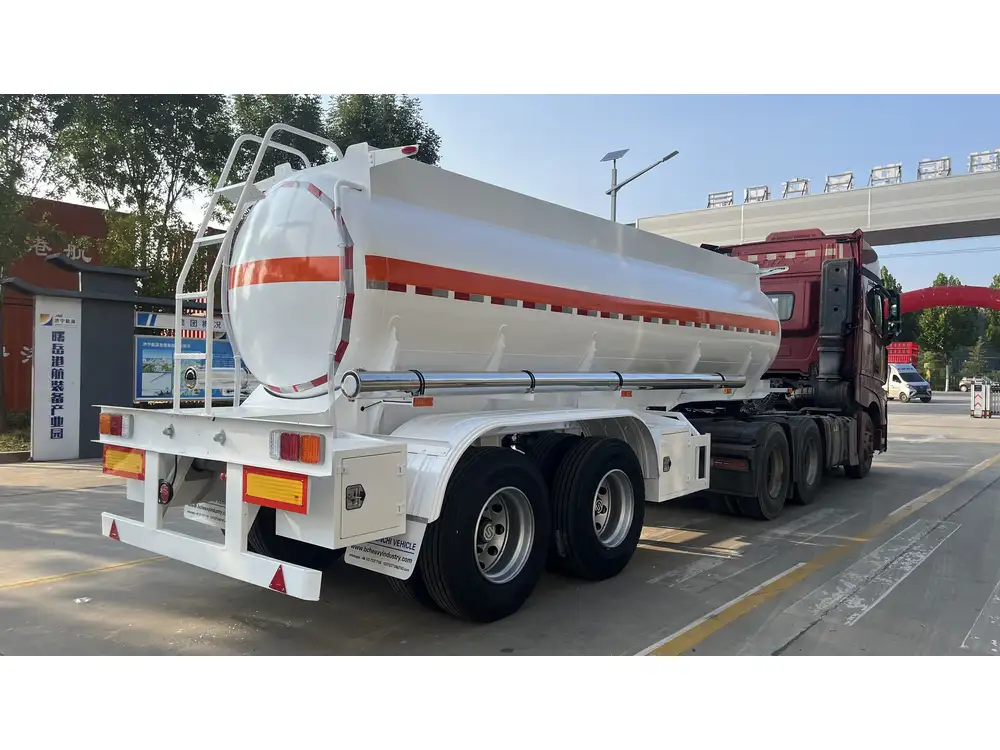When it comes to transporting goods efficiently, curtain side trailers stand out for their versatility and functionality. This guide is designed to provide an in-depth understanding of how to use curtain side trailers, focusing on operational aspects, loading techniques, and overall safety measures. By the end of this article, we aim to equip you with the knowledge necessary to make the most of curtain side trailers in your logistics operations.
Understanding Curtain Side Trailers
What is a Curtain Side Trailer?
A curtain side trailer is a specialized type of semi-trailer designed with flexible fabric side curtains that can be easily opened or closed. This configuration allows for quick and efficient loading and unloading from the sides, making it ideal for transporting various goods, from palletized freight to machinery.

Key Features
- Flexible Access: The side curtains can be opened fully, offering unhindered access for loading and unloading from either side.
- Versatility: Suitable for a wide range of cargo types, including awkwardly shaped products.
- Durability: Crafted from robust materials, these trailers endure harsh environmental conditions.
- Weight Distribution: Typically designed with a lower center of gravity, improving stability during transit.
Preparing to Use a Curtain Side Trailer
Choosing the Right Equipment
Ensure you select a curtain side trailer that is suitable for your specific load types. Consider trailer length, weight capacity, and curtain material, which can vary based on intended use.

Equip Your Crew
Training for your staff cannot be overstated. Everyone involved in the loading and unloading processes should understand:
- Proper handling techniques
- Securing loads
- Safety protocols
Building a Pre-Trip Checklist
Before hitting the road, ensure a thorough check of the trailer on the following parameters:
| Item | Checkpoints |
|---|---|
| Curtain Integrity | Inspect for tears or damage to the fabric. |
| Loading Mechanism | Ensure that the loading mechanism operates smoothly. |
| Tire Condition | Check tire pressure and tread for wear. |
| Brakes and Lights | Test all lights and brakes for proper functioning. |
Loading Techniques for Curtain Side Trailers

Step-by-Step Loading Process
Positioning the Trailer: Align the trailer with the loading dock, ensuring it is secure and stable.
Opening the Curtains: From the end of the trailer, pull the curtain straps, releasing them from the hooks on the side rails. Slide the curtains to both ends, maximizing access.
Using Forklifts: Utilize forklifts to maneuver heavy pallets into the trailer, ensuring the load is evenly distributed across the floor.
Forklift Load Distribution Tips:
- Balance Weight: Distribute heavy and light items evenly to maintain trailer balance.
- Maximize Space: Place pallets efficiently to avoid wasted space and minimize movement during transit.
Securing the Load: Once loaded, utilizing ratchet straps or cargo nets is crucial for securing loads. This minimizes movement during transportation.
Closing the Curtains: After securing the load, pull the curtains back across the sides, latching them tightly to the designated hooks. This secures the cargo while also providing protection against the elements.
Common Loading Mistakes to Avoid
- Underestimating Load Heights: Always measure your cargo to prevent exceeding legal height limits when closed.
- Ignoring Weight Limits: Each trailer has a specific weight limit; exceeding this can lead to safety concerns and fines.
- Improper Strapping: Ensure all fastening methods are robust and reliable to prevent load shifts.
Driving with a Curtain Side Trailer

Handling and Steering
Driving with a curtain side trailer requires careful consideration of various factors—notably, how the load affects the vehicle’s handling. Keep these strategies in mind:
- Speed Considerations: Reduce speed on turns and avoid abrupt maneuvers to maintain stability.
- Braking Distance: Increase braking distance, as the trailer’s longer length may affect stopping time.
- Road Awareness: Continuously assess road conditions and traffic during transit.
Highway Regulations
Familiarize yourself with local and national transport regulations regarding curtain side trailer usage:
| Regulation | Description |
|---|---|
| Weight Limit | Maximum weight that can be towed. |
| Height Limit | Legal height restrictions for trailers. |
| Load Securement | Requirements for securing loads safely. |
Unloading Process

Steps for Safe Unloading
Unloading a curtain side trailer is just as important as loading. Follow these structured steps for maximum safety:
Securing the Trailer: Ensure the trailer is parked on stable ground and immobilized.
Opening the Curtains: Gently pull the curtain straps to open the curtains while maintaining awareness of surrounding hazards.
Using Equipment Wisely:
Having the Right Equipment:
Equipment Type Purpose Forklift Move larger items out efficiently. Hand Trucks Move smaller items with ease. Pallet Jacks For transporting palletized loads. Unloading Procedure: Similar to loading, maintain balance while unloading. Begin from the front of the trailer and work towards the back.
Inspecting the Loads: Ensure that each item is undamaged upon arrival. Document any discrepancies in condition.
Common Unloading Pitfalls
- Rushing the Unloading Process: Take your time to avoid injuries and ensure that no items are damaged.
- Ignoring Safety Gear: Always wear appropriate safety equipment (footwear, vests, etc.) during unloading.
- Mismatch in Equipment: Ensure that the tools used during unloading match the type and weight of the cargo.
Maintenance and Care for Curtain Side Trailers

Regular Maintenance Checks
Routine checks keep your trailer in optimal condition:
- Curtain Longevity: Inspect for any wear and tear. Regular cleaning can enhance durability.
- Mechanical Components: Schedule regular assessments of axles, brakes, and tires.
Seasonal Care Tips
| Season | Maintenance Tips |
|---|---|
| Winter | Check the seals on the curtain to prevent frost. |
| Summer | Inspect for sun damage; ensure proper storage. |
| Rainy Season | Keep an eye on drainage systems to prevent water damage. |
Signs That You Need Professional Help
- Visible damage to the trailer exterior or curtain.
- Difficulty in opening or closing curtains.
- Unusual sounds or vibrations during transport.

Safety Considerations with Curtain Side Trailers
Essential Safety Protocols
Safety cannot be emphasized enough. Implement these practices:
- Personal Protective Equipment (PPE): Always require your team to wear adequate PPE during operations involving curtain side trailers.
- Clear Communication: Ensure that everyone involved in the loading and unloading process is informed about the actions being taken.
Emergency Procedures
In the event of an incident, having a clear plan in place is crucial. Here are some steps to consider:
- Identification of Hazards: Regularly conduct safety audits to recognize potential risks.
- First Aid Training: Ensure staff are trained in basic first aid.
- Emergency Contacts: Keep a list of emergency contacts readily available.

Conclusion
Curtain side trailers are invaluable assets in modern supply chains, offering flexibility and efficiency unlike any other trailer type. By following this comprehensive guide on utilizing curtain side trailers—covering aspects from loading techniques and driving safety to maintenance protocols—you can significantly enhance your logistics operations.
As you implement these practices, not only will you streamline your processes and improve safety, but you’ll also ensure that your cargo reaches its destination securely and efficiently. Embrace these techniques for optimal use of curtain side trailers, transforming everyday operations into a well-oiled machine.



